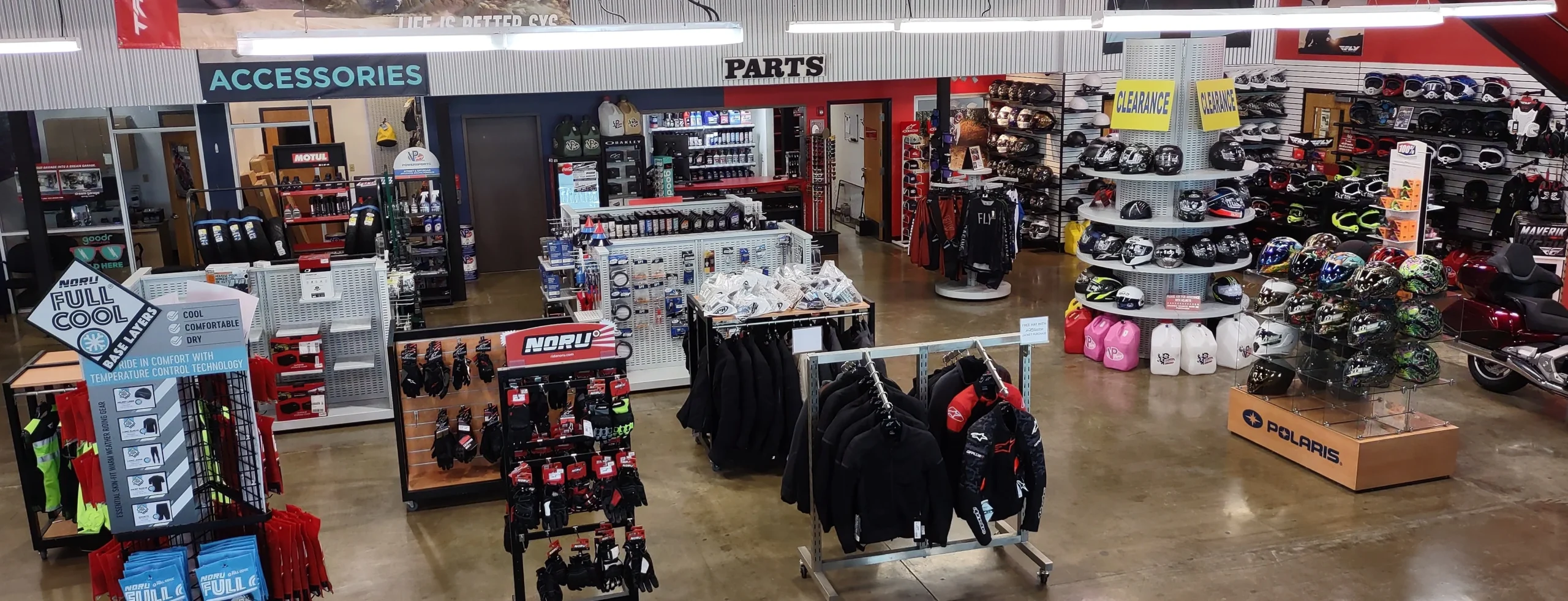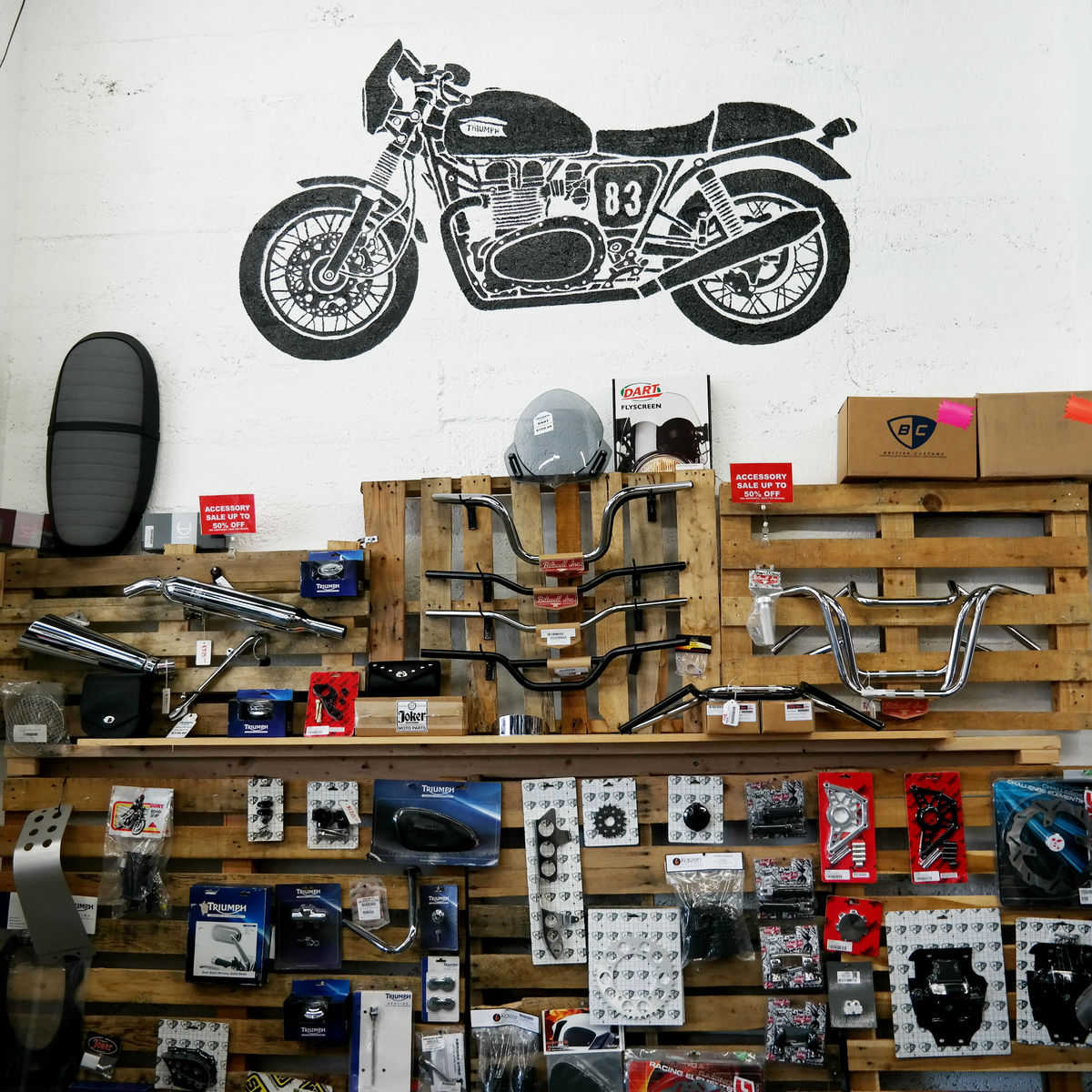Crucial Motorcycle Parts NZ for Peak Performance and Safety And Security
Crucial Motorcycle Parts NZ for Peak Performance and Safety And Security
Blog Article
Recognizing the Crucial Parts of a Motorbike: A Comprehensive Overview for Lovers
For motorbike enthusiasts looking to raise their riding experience and guarantee their bikes run efficiently, comprehending the important parts of a motorbike is vital. Each aspect, from the engine's intricate workings to the essential function of the stopping systems, not just influences efficiency however also safety and convenience.
Engine Elements

The camshaft plays a vital role in regulating the timing of the engine's valves, making sure the exact opening and closing necessary for reliable fuel and air consumption, in addition to exhaust expulsion. This timing is essential to preserving optimal engine efficiency and efficiency. In addition, the carburetor or fuel shot system, relying on the motorbike model, is responsible for mixing air with gas in the right proportion for burning.
The air conditioning system, either air or liquid-based, functions to preserve the engine's temperature level within operational limitations, protecting against overheating and guaranteeing longevity - motocross gear. Each part, carefully designed and incorporated, adds to the seamless operation of the engine, specifying the bike's power outcome and overall performance
Transmission System
Integral to the motorcycle's capability, the transmission system makes sure efficient power transfer from the engine to the wheels. This system makes up a number of critical elements, including the clutch, transmission, and final drive, each playing a crucial function in translating the engine's power into motion. The clutch, usually operated by a hand bar, serves to disengage the engine and involve from the transmission, enabling for smooth gear adjustments and controlled acceleration.
The gearbox, usually described as the transmission correct, has a collection of gears that riders can manually shift via to adjust the bike's rate and torque output. These gears are organized in a sequence that enables the bike to speed up efficiently and keep optimal engine performance throughout various speeds. A lot of motorbikes make use of a consecutive transmission, requiring the rider to shift equipments in an established order.
Braking Devices
While recognizing the transmission system is key to using a motorcycle's power, just as vital is the capacity to manage and stop that power efficiently, which is where braking mechanisms come into play. Brakes are crucial for safety and security and efficiency, giving the cyclist with the required control to navigate numerous terrains and problems. Commonly, motorbikes feature two kinds of stopping systems: disc brakes and drum brakes.
Disc brakes are a lot more prevalent in modern-day bikes due to their superior performance. They are composed of a brake disc, caliper, and pads. When turned on, the caliper presses the brake pads versus the spinning disc, transforming kinetic power right into heat, thus slowing the wheel. This system uses far better warm dissipation, regular efficiency, and enhanced quiting power, particularly in damp problems.
Conversely, drum brakes, though less usual, are still discovered in some motorbikes. They work by pushing brake shoes versus the inner surface of a drum connected to the wheel. While typically less effective in warm dissipation and stopping power, drum brakes are less complex and a lot more cost-effective.
Understanding these braking systems' subtleties allows bikers to keep their motorcycles correctly and value the design that guarantees effective and safe stopping.
Suspension and Guiding
Suspension and steering systems are vital parts that considerably affect a motorcycle's handling and trip comfort. The shock absorber, containing forks at the front and shock absorbers at the rear, takes in roadway irregularities, improving stability and control. Front forks, inverted or typically telescopic, compress and rebound to reduce effects, while rear shock absorbers keep tire call with the road, critical for grip and safety.
Guiding, centered around the handlebars, connects the biker to the motorbike's directional control. The guiding head bearings make certain smooth procedure, allowing specific maneuverability. Appropriate positioning and upkeep of these bearings are important for foreseeable guiding action and reducing biker fatigue.
The suspension's adjustability is one more critical element; preload, damping, and rebound setups enable personalization to fit numerous riding problems and styles. This flexibility is essential for maximizing performance, whether browsing urban roads or taking on tough routes. Innovations like digital shock absorber provide real-time modifications, improving ride high quality throughout diverse terrains.

Electrical Equipments
After making sure a smooth and controlled adventure via effective look at this site suspension and guiding systems, interest transforms to the electrical systems, a critical facet of modern-day motorbikes. These systems play an important duty not only in starting the engine but additionally in powering numerous parts that boost the performance and safety and security of the motorcycle.
At the heart of a bike's electrical system is the battery, which shops electrical energy essential for beginning the engine and powering supporting systems - motorcycle parts nz. The alternator or generator, coupled with the rectifier-regulator, guarantees the battery remains charged while the bike is in operation, converting power into electrical energy and preserving voltage degrees
The ignition system, another critical element, is in charge of sparking the air-fuel combination in the engine's cylinders. Modern motorbikes usually utilize a digital ignition system, using greater efficiency and integrity contrasted to typical systems.
Lights systems, consisting of fronts lights, tail lights, and indicators, are also important, making sure presence and security for the motorcyclist. Extra electronic parts such as sensing units, control units, and shows add to innovative functions like gas shot management, anti-lock braking systems (ABDOMINAL MUSCLE), and digital dashboards, even more boosting the riding experience.
Verdict
A complete understanding of a motorbike's vital elements, consisting of the engine, transmission system, braking systems, suspension, guiding, and electric systems, women's helmets for scooters is crucial for lovers intending to maximize convenience, security, and performance. Mastery of these elements enables informed choices relating to upkeep and upgrades, eventually boosting the riding experience. By integrating this expertise, bikers can guarantee their motorbikes run at peak effectiveness and integrity, consequently taking full advantage of both enjoyment and longevity of their vehicles.
For bike fanatics looking to raise their riding experience and ensure their bikes run efficiently, understanding the vital elements of a motorcycle is extremely important.Integral to the motorcycle's functionality, the transmission system makes sure effective motorbike sprocket power transfer from the engine to the wheels.While understanding the transmission system is essential to harnessing a motorcycle's power, just as important is the capability to regulate and stop that power efficiently, which is where stopping systems come into play. Commonly, bikes include 2 kinds of braking systems: disc brakes and drum brakes.
A detailed comprehension of a bike's important parts, including the engine, transmission system, stopping mechanisms, suspension, steering, and electric systems, is indispensable for enthusiasts intending to maximize performance, safety and security, and convenience.
Report this page